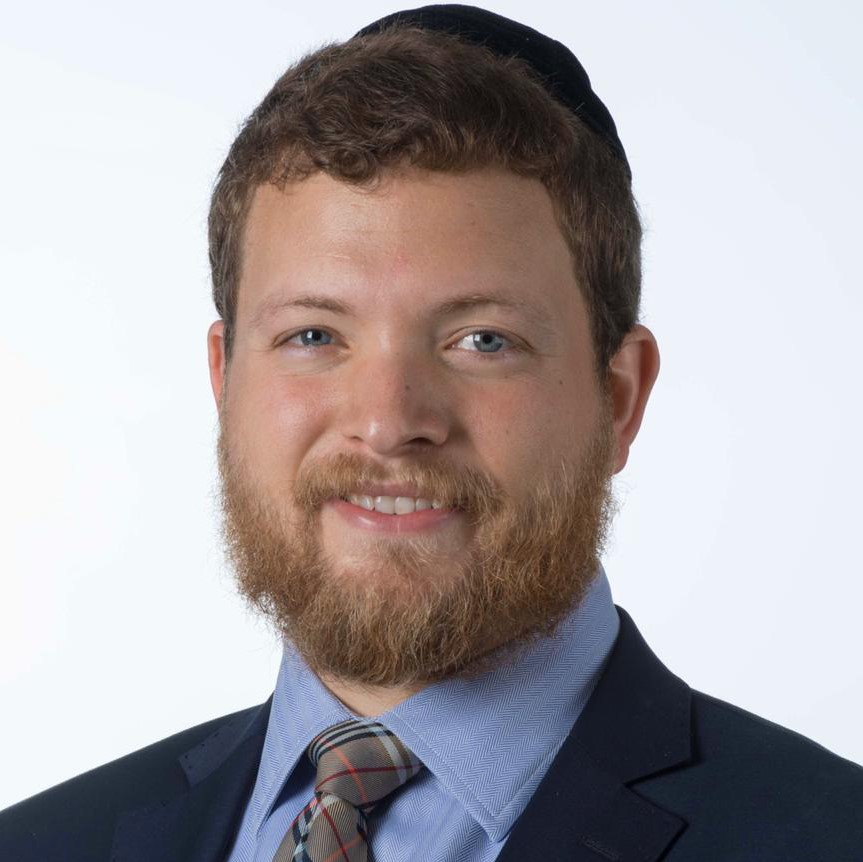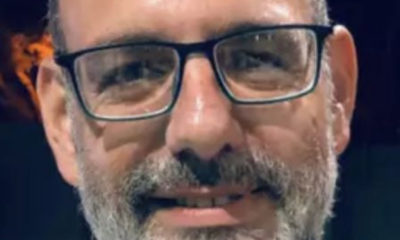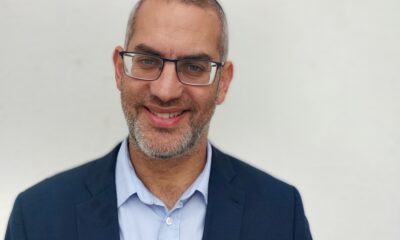
Religion

Going From I-llness to We-llness
Pesach is again here. Another yom tov under the confines of the pandemic, though this time, baruch Hashem, the end is in sight. We are on the cusp of healing and wellness. This Pesach can be an inspirational boost for our morale. Let’s cast away our troubles, and rejoice!
G-d took the Jews out of Egypt 3 333 years ago, and ever since then, we are in the process of removing Egypt from ourselves. As thinking, feeling humans, we still struggle with an inner slavery, whose components include materialistic challenges, emotional disappointments, or spiritual setbacks.
Freedom is an expression of our unbridled soul. Poverty, illness, or prison walls, can restrict our ability to express the soul’s organic freedom. So, too, with internal confinement. A person experiencing depression, loneliness, or feelings of futility, can feel equally shackled in spite of having no external restraints.
One of the rebbe’s famous campaigns was his call to remember the “fifth son” at the seder. We are all aware of the four children mentioned: the wise, wicked, simple, and the one who doesn’t know to ask. Yet there’s a fifth one, the one who doesn’t know or care enough even to show up. It’s our task to ensure that this lost Jew also attends a seder.
Yom tov this year is unique as it starts immediately on the heels of the departing Shabbos, a rather uncommon set up. Interestingly, this configuration is how it was the very first year after the original exodus, which meant that the Korban Pesach offering was prepared earlier in the day, while it was still Shabbos.
Ordinarily, in the Temple, only communal sacrifices were offered on Shabbos, not personal ones. Although the Pesach sacrifice is considered a personal, individual offering, it also contained an element of community, since everyone was doing the same thing simultaneously.
It reminds us that the individual and the community need to work together. Our beautiful community is made up of individuals who may be different from each other in many ways, but when we all come together, we form something far greater than just individuals.
As the population is vaccinated and life gradually resumes, let’s make sure that everyone is remembered. Nobody should be allowed to fall through the cracks. This year, we need to take extra care that there are no people who are alone, that social distancing doesn’t result in more “fifth sons” who don’t feel worthy of a seder. That even those unable to participate should feel cared for, and those celebrating alone still not feel lonely. We must look out for one another. The focus must pivot from I-illness to WE-wellness.
In the Zohar, matzah is called michla d’mehaymnusa (food of faith) and michlah d’asvasa (food of healing). It reminds us of the faith in G-d that our ancestors had at the time of exodus. They were prepared to go into a barren wilderness without knowing how they would survive. When we eat matzah, it’s like injecting “a jab of faith”.
So, while we anticipate the means of freedom from the pandemic, we should also consider the feelings of others, and that they achieve inner liberation from worry and constraint.
Let’s pray that when we sit down at our seders and eat matzah, we’ll discover spiritual healing within ourselves fortifying our faith in G-d, and that faith will bring freedom, healing, and salvation to the entire world.











Irene
April 21, 2021 at 11:12 pm
How profound. Thank you Rabbi.